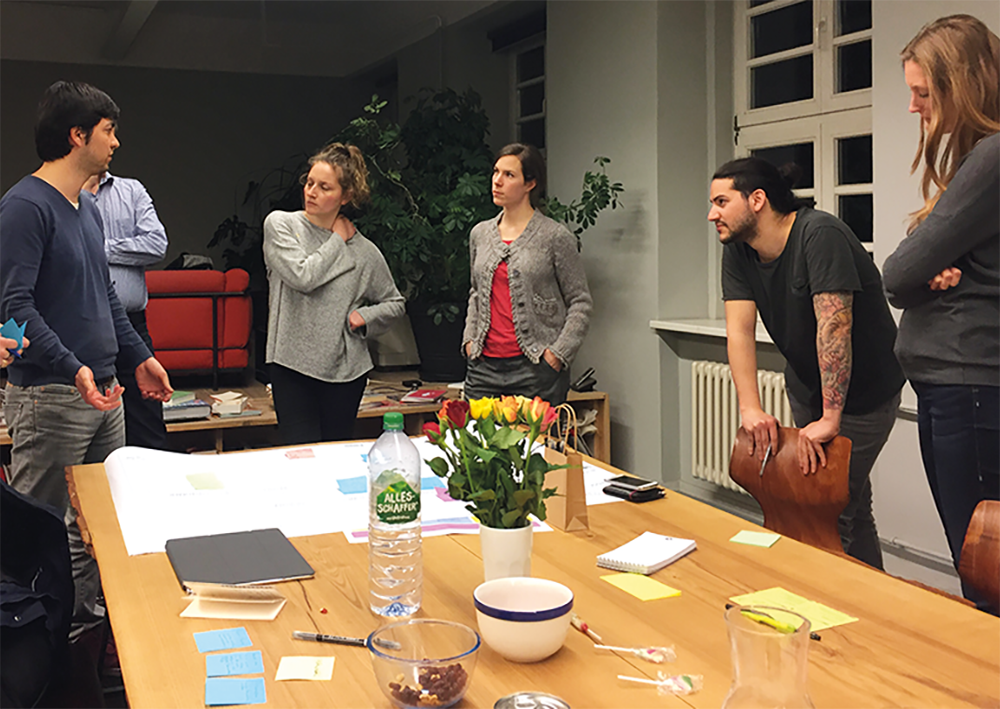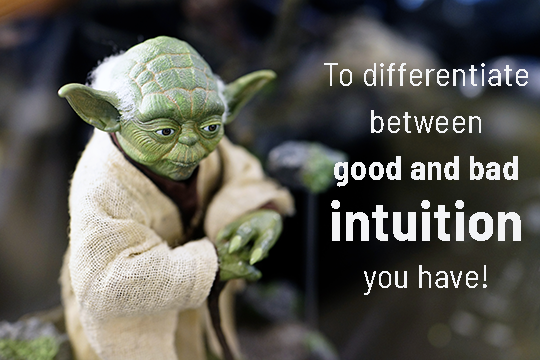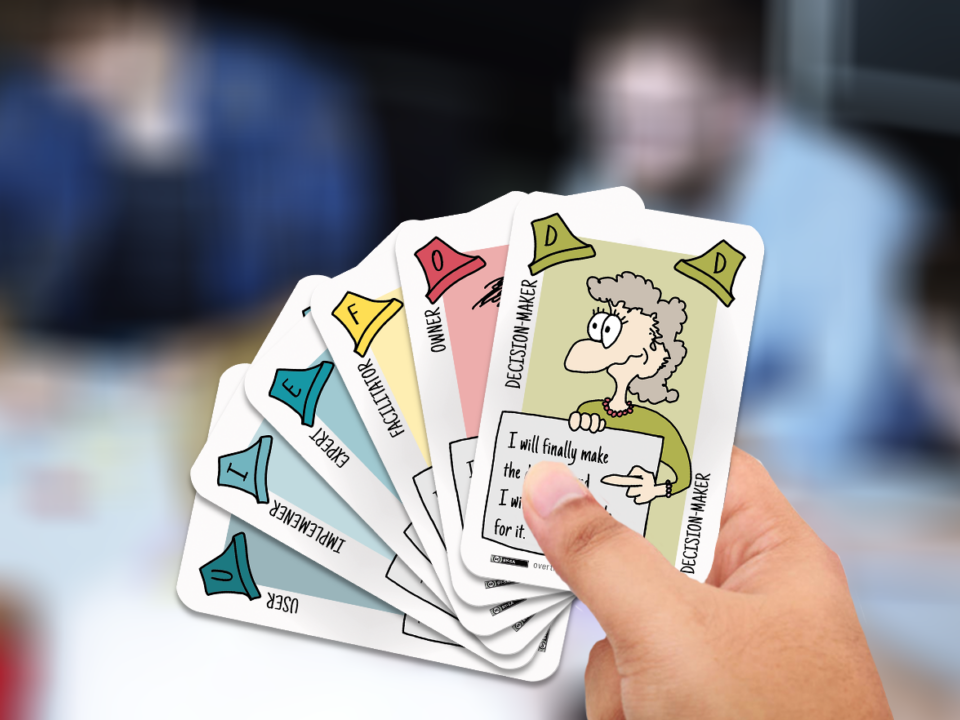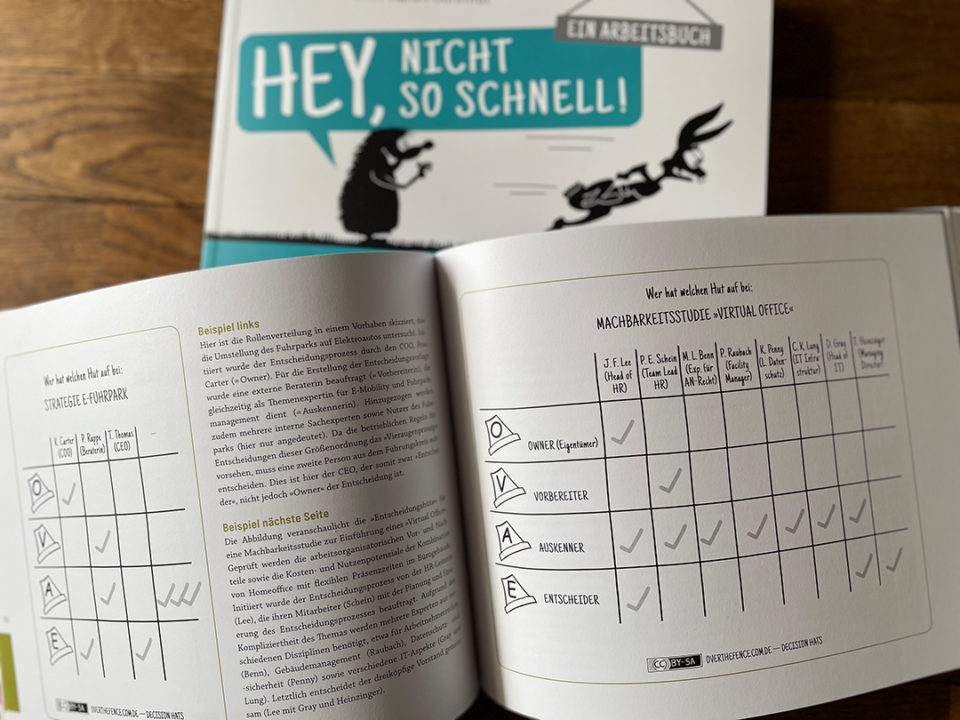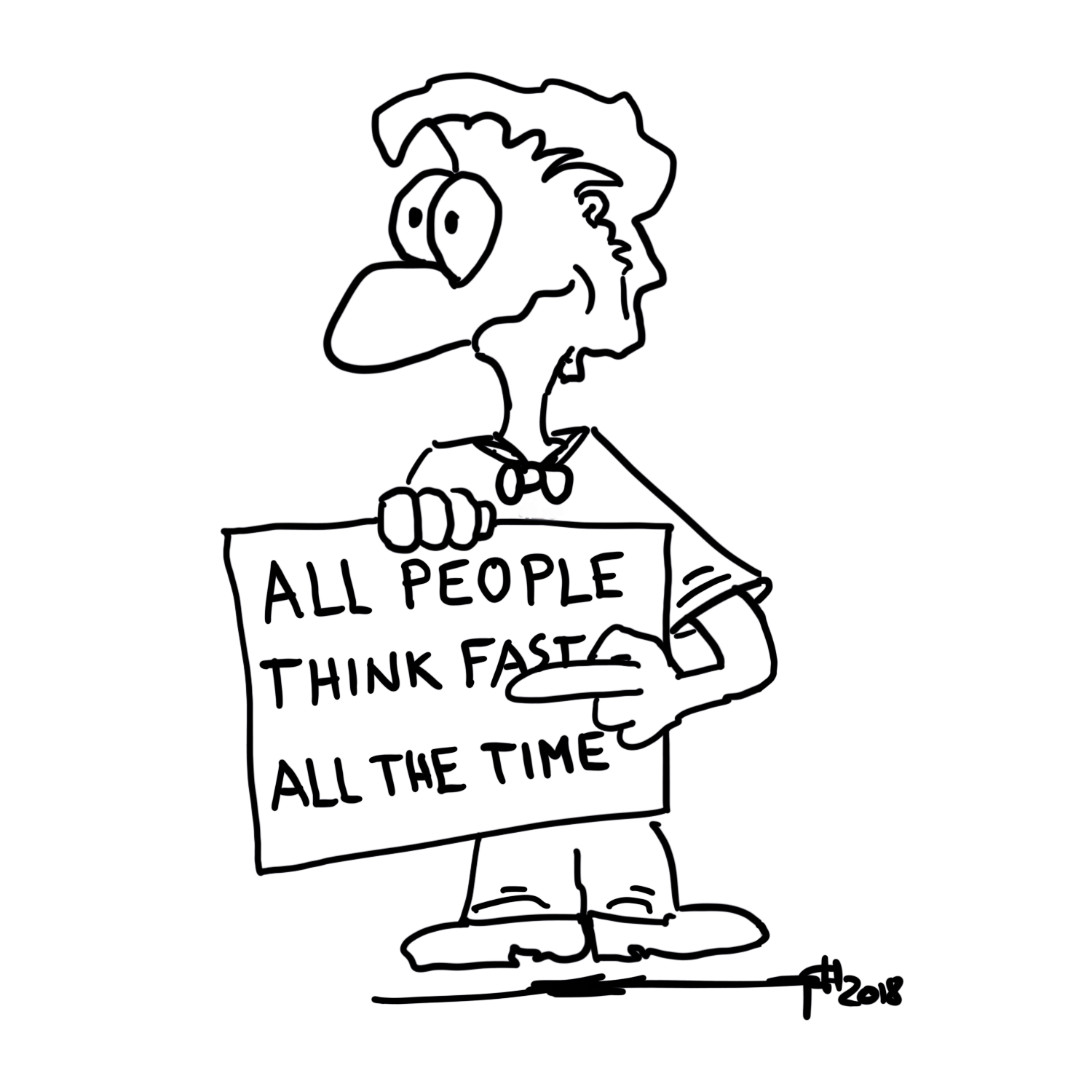
Fast thinking is our standard mode of perception. Nobel prize laureate Daniel Kahneman has proven that it functions faultless in a totally familiar environment - but only there. All projects that aren't absolute routine for all actors demand the opposite mode of thought. That's why novel projects require slow thinking! And slow thinking is calm thinking. Through principles and techniques of “calm information analysis” you can help every project group to think in agile ways and make unbiased decisions. Read here what it takes and why it matters.
How our perception works
In his bestseller “Thinking, Fast and Slow,” economics Nobel Prize winner Daniel Kahneman describes the dichotomy between two different “systems” of thinking:
- System 1: quick, intuitive, unconscious
- System 2: slow, reflective

Kahneman explains the interplay between the two thinking systems using a newspaper editing analogy. In one room sit super-eager tireless editors who spew out every item unchecked – regardless of whether it's fact or fake (system 1). In the neighboring room sits an extremely lazy chief editor (system 2). He slumps in his chair and lets the editors make it easy for him. It takes something big to wake him up: a great discrepancy, something that doesn't fit the picture at all. Only then does he get active and asks what the editors are doing.
According to Kahneman, “fast thinking” is comparable to “unconscious reasoning” and “gut feeling decisions.” It is our standard mode, our perception's permanent operating status! That is important to grasp: fast thinking is neither bad nor good – it is simply what we always and ordinarily do. So the question isn't whether we think slow or fast; rather, it is how often we manage to think slow AND fast – and in which situations we should activate our “slow thinking” in order to avoid grave mistakes in our perception.
All projects that aren't absolutely routine for all the actors require slow thinking. Otherwise undesirable effects crop up. The most dramatic are unproductive discussions that sap our strength or decisions that are only mediocre or even completely out of touch with reality.
Good news:
According to Kahneman, is the individual person largely blind to his or her own intuitive perception. A heterogenous group of people has, however, the potential to identify fast, intuitive thinking and minimize the undesirable effects.
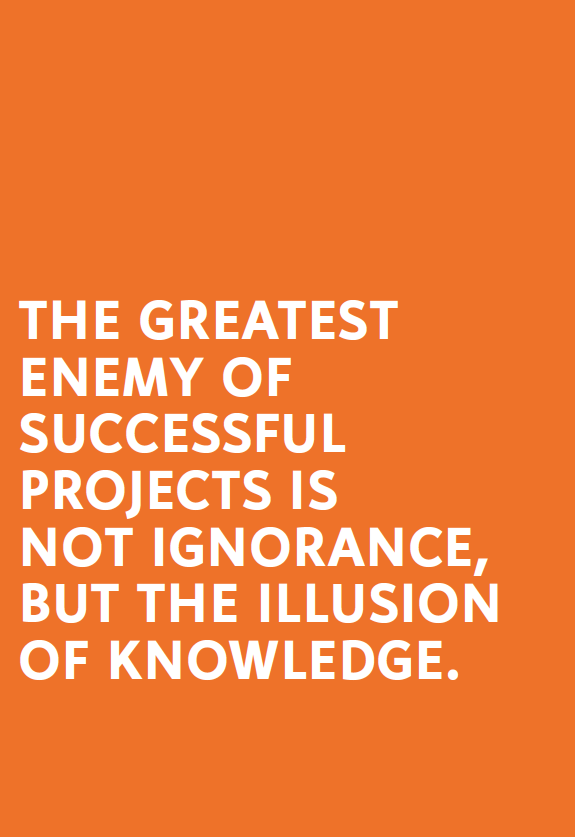
“Slow thinking in Projects” doesn't take long
As a general rule it takes even less time than the usual procedures. This is because our customary thinking mode – fast thinking – regularly drives us toward selective perception and thus into time-wasting discussions. Slow thinking tries to use the time more effectively – through systematic and calm information analysis. So slow thinking is therefore not a snail, but is much more like a hedgehog. Fast thinking is rather comparable in this image to the hare (Grimm “The Hedgehog and the Hare”), who sets off at high speed but still loses the race. At least, that is the case for every challenging project. So introduce slow thinking into your projects. The simplest way to achieve this is described in our manifesto“.
A practical guide to slow thinking in projects
Slow thinking begins with oneself. Slow thinking is counter-intuitive – it's not what we ordinarily do. Thus a conscious change is needed for slow thinking. This change means for us as project leaders first and foremost working on ourselves. This work comprises four levels:
1. CORE ATTITUDE
Make "I don't know" your core attitude.
Slow thinking is the mode of thought of anybody who is interested in true knowledge. It is the core attitude of researchers and designers. Therefore, if you really want to take great decisions, slow thinking demands “I don't know” as core attitude of yourself. It is NOT about the attitude of others. This in turn demands courage and self-reflection. “I don't know” as starting position enables me to look critically at the assumptions behind my own intuition and embark on an open, honest, and persistent search for information.

2. BEFORE A PROJECT
Assess the “novelty of the project” from the perspective of the project actors.
The “I don't know” attitude should first lead you to find out whether a project is actually familiar or unfamiliar. Because even when a project seems routine and quotidian to you as an experienced project leader, that may not be true for everyone else involved in the project. You simply don't know and therefore you should find out.

3. BEFORE A MEETING
Practice patience and openness
What that means is keeping still, and especially deferring detailed content planning and organization until you've shared thoughts with the essential project players. Become conscious of your assumptions –and evaluate them consciously as “preconceptions”! Be ready to let them go for a shared understanding.

4. IN A MEETING
Break the usual conversational patters to reach better decisions
Apply the three phases of slow thinking in a meeting
— Divergent thinking (=beginning)
— Change of perspective (=middle)
— Convergent thinking (=end)
These three phases are comparable in structure to creative thinking processes or participatory decision making processes and help people to think better together.
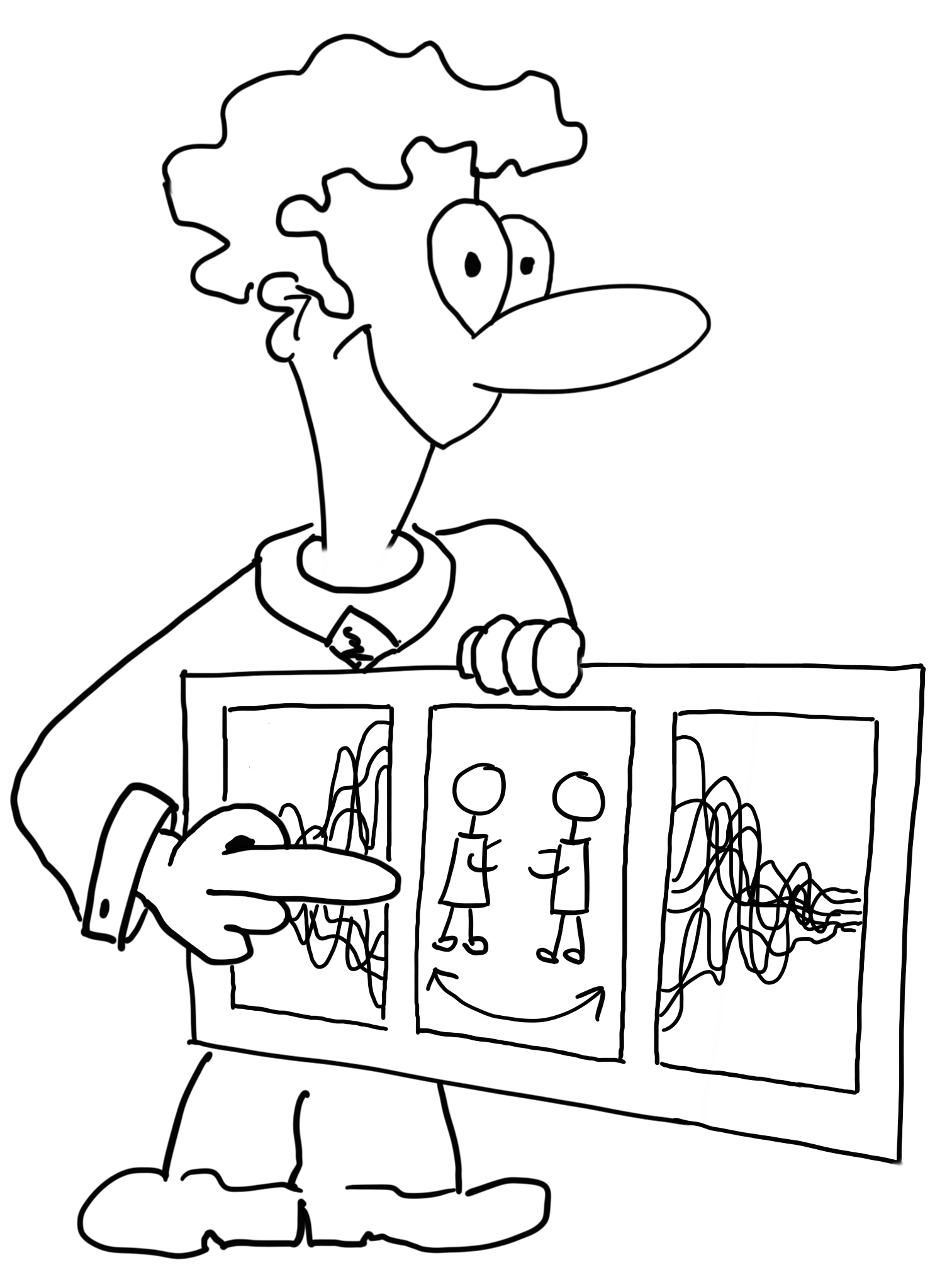
Find a more detailed description of the „practical guide to slow thinking in projects “ in our book „Over the Fence“ (see chapter „Mastery“). Our leadership workshops offer a space and opportunity to experience and practice the techniques and principles in action.

